Showing 1–20 of 21 results
-
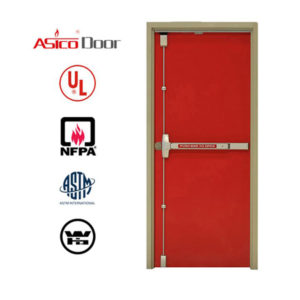
ASICO UL Listed 180 Minutes Fire Rated Steel Emergency Exit Doors
-
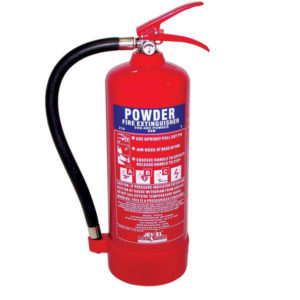
ABC Dry Powder Fire Extinguisher (1 KG)
-

ABC Dry Powder Fire Extinguisher (3 KG)
-

ABC Dry Powder Fire Extinguisher (5 KG)
-
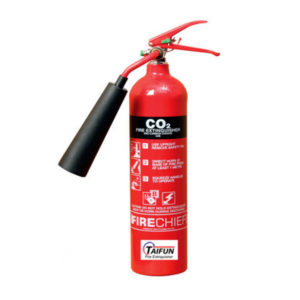
Co2 Carbon Dioxide Gas Fire Extinguisher (3 Ltr.)
-

Co2 Carbon Dioxide Gas Fire Extinguisher (5 Ltr.)
-
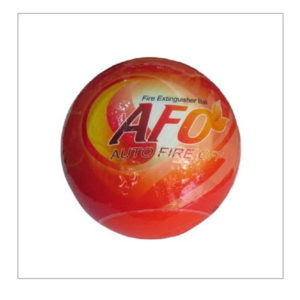
Brilliant Mild Steel Fire Ball Extinguisher, Capacity: 1.3 Kg
-
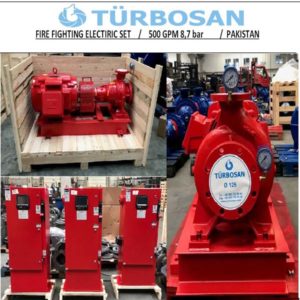
TURBOSAN FIRE PUMP (UL-LISTED)
-
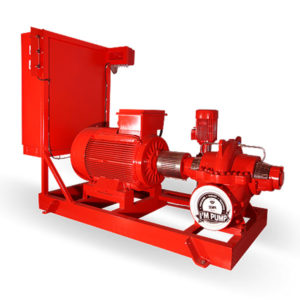
SEMPA Fire Fighting Pumps (NFPA 20)
-
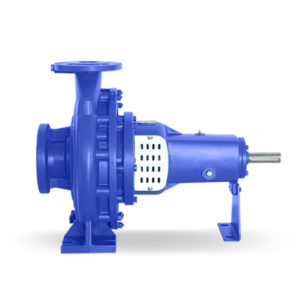
TKF Series Single Stage End Suction Pumps
-

SEMPA SCE Series Split Case Pumps
-
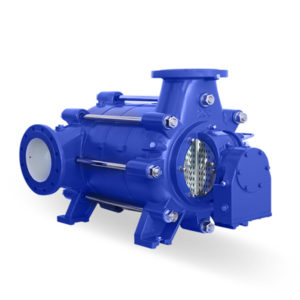
SEMPA ARS Series Multi Stage Pumps
-
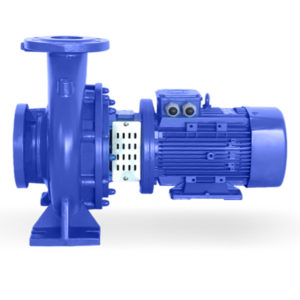
SEMPA TKF-M Series Monoblock Pumps
-
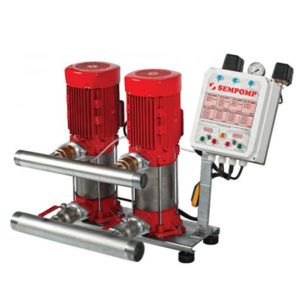
SEMPA SP Series Booster Pumps
-
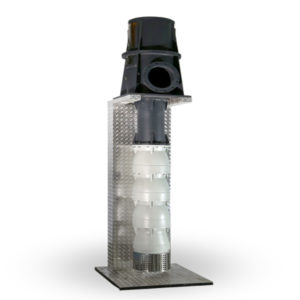
SEMPA SVDP Series Vertical Turbine Pumps
-

SEMPA TKF-I Series In-Line Pumps
-
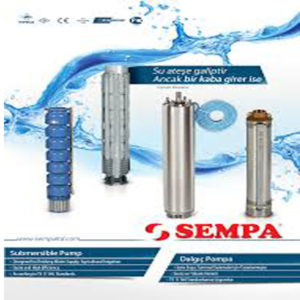
SEMPA Deep Well Submersible Pumps
-
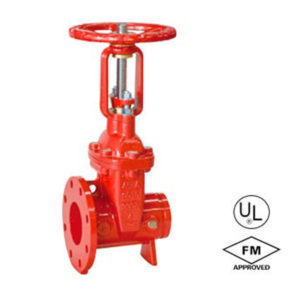
OS&Y Gate Valve (Flanged, Grooved etc)
-
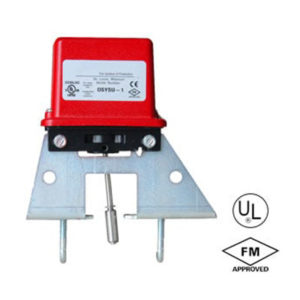
Swing Check /Non-Return Valve
-
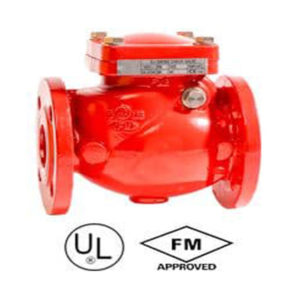
Butterfly valve with Supervisory Option
Fire Protection
Fire Protection System:
Fire protection refers to measures taken to prevent fire from becoming destructive, reduce the impact of an uncontrolled fire, and save lives and property.
Classes of fire:
- Class A – fires involving solid materials such as wood, paper or textiles.
- Class B – fires involving flammable liquids such as petrol, diesel or oils.
- Class C – fires involving gases.
- Class D – fires involving metals.
- Class E – fires involving live electrical apparatus. (Technically ‘Class E’ doesn’t exists however this is used for convenience here)
- Class F – fires involving cooking oils such as in deep-fat fryers.
Fire Rated Door:
A fire door is a type of door that has been built to withstand direct exposure to fire for an extended period without allowing the fire to move to the other side of the door. They are typically comprised of a solid timber main door, along with numerous other components (e.g., the door hinges) that are purpose-built for use with fire doors. Fire doors are primarily used to prevent fires from spreading, to act as a heat shield, and to protect emergency exits and shelters.
The correct use of fire doors—as well as the specifications to which they must be built—is governed by a variety of safety codes, especially local building and fire codes. National and international consensus standards such as the NFPA codes (United States) and the International Fire Code (IFC) also contain requirements for the use of fire doors. These standards typically apply to commercial residential buildings such as apartments, as well as to non-residential workplace buildings such as industrial facilities.
Fire Extinguisher:
Fire extinguisher, portable or movable apparatus used to put out a small fire by directing onto it a substance that cools the burning material, deprives the flame of oxygen, or interferes with the chemical reactions occurring in the flame.
Type of Fire Extinguisher:
- ABCE Powder Extinguishers
- Carbon Dioxide Extinguishers (CO2)
- Foam Extinguishers
- Water Extinguishers
- Wet Chemical Extinguishers
WATER DISTRIBUTION SYSTEMS:
The two basic types of systems are public systems and private systems.
Public Water Systems
Public water systems usually fall under a unit of local government or an
“Authority” with legal responsibility, the water utility department and the
Fire department need to develop and maintain a good working relationship.
They should support each other and work together to plan, design, and
Maintain the system for the benefit of the community. If a public water
System and the fire department are both units of the local government, it is
Easier to work together
Fire Sprinkler System
A fire sprinkler system is a simple, but key, active component of a domestic or commercial building’s fire protection system.
Installed in ceilings or side walls, the system consists of a water supply, a water distribution piping system and sprinkler heads. The sprinkler discharges water automatically when a fire is detected, though it is not triggered by smoke. It controls or extinguishes the fire, so is both a fire detection and suppression system.
Fire sprinkler types:
There are four main types of fire sprinkler system:
- Wet pipe
- Dry pipe
- Deluge
- Pre-action
Fire Hydrant System
Fire hydrant system is a safety measure or emergency equipment required in buildings that comprises a series of components that when assembled together provide a source of water to assist fire
A fire hydrant is an active fire protection measure, and a source of water provided in most urban, suburban and rural areas with municipal water service to enable firefighters to tap into the municipal water supply to assist in extinguishing a fire. It works effectively in improving the fire fighting capacity of a place where it is installed. Apart from fire fighting purpose, these hydrated systems are also used in several other applications such as water transfer, irrigation etc.
Such systems fight with the fire using well designed water distribution system that includes water tank and fire pumps. It also has distributed piping system which is connected all over the building using the pipes, nozzles and hydrants. The main purpose of using fire hydrant system is to give best possible source of water to each corner of the building. It helps in protecting the building by simply making control on fire during an emergency.
